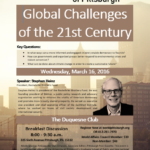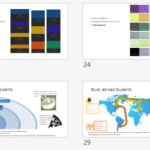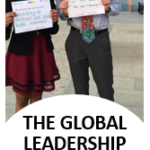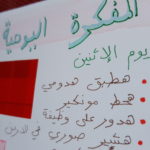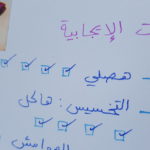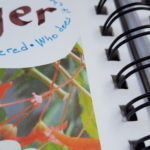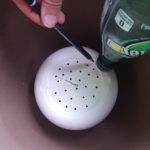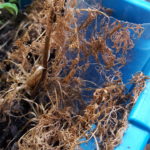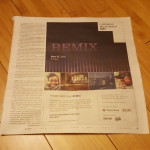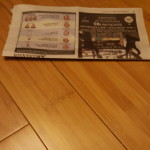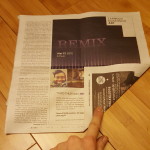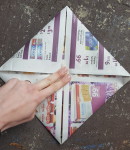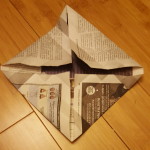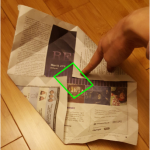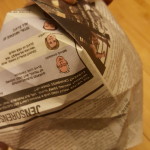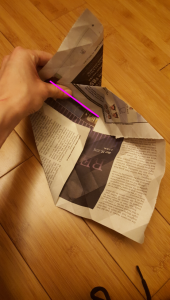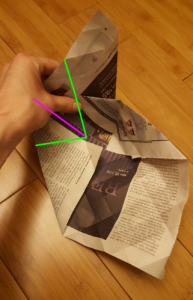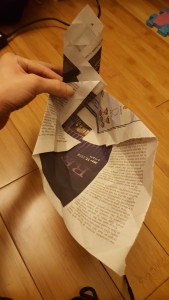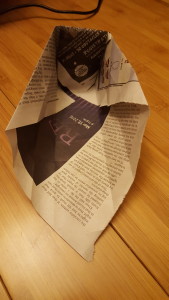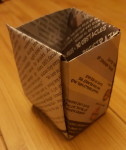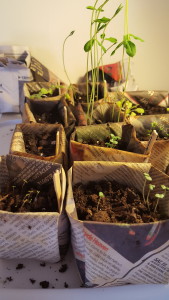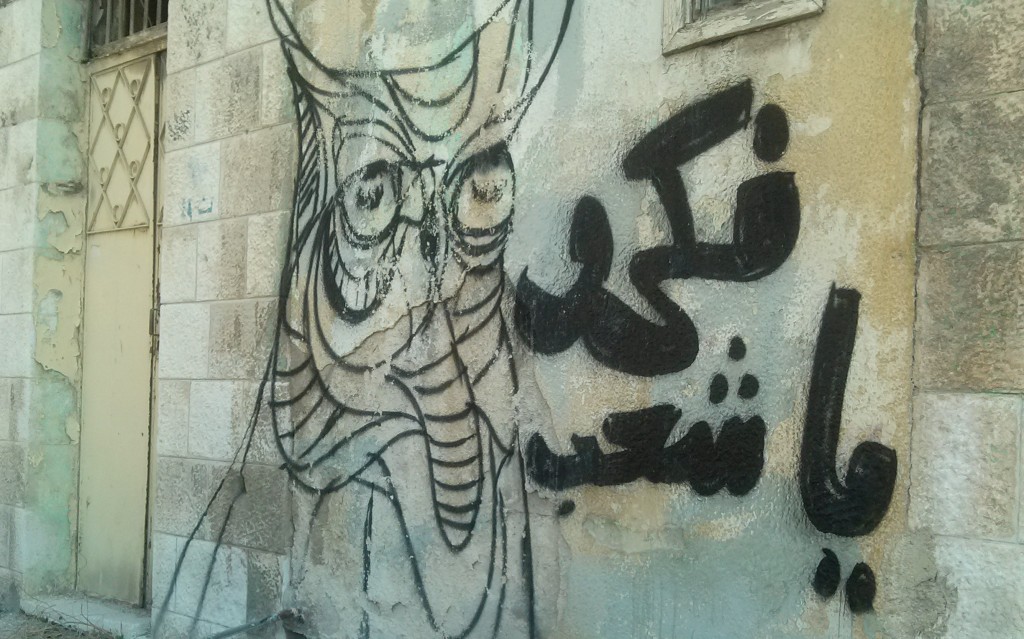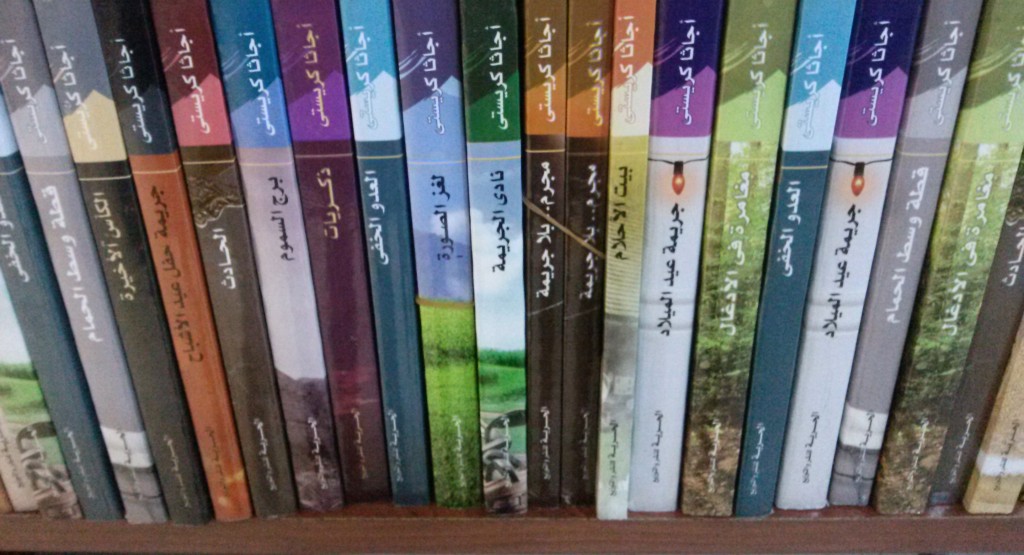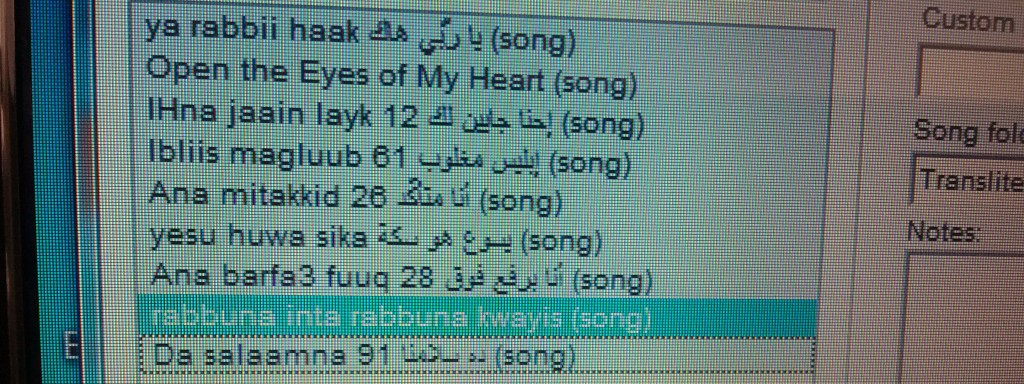 Inspired by “brown bread” ubiquitous in Ireland, where I’m told every family has their own variation based on their preferences
Inspired by “brown bread” ubiquitous in Ireland, where I’m told every family has their own variation based on their preferences
A vestige of this can be found in American grocery stores at St. Patrick’s Day called “Irish Soda Bread” which is white and smooth and full of dried fruit, losing the appeal of the rich brown color that the following recipe is going for. The most essential Brown Bread recipe is made of flour, buttermilk, baking soda, and salt. So you won’t go wrong with those, and what follows are my favorite embellishments…at this moment. This year I craved sweet in the winter and savory as the weather warmed up.
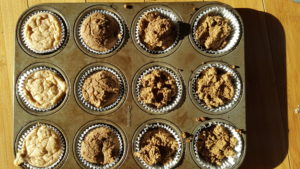
One week’s experiments…looks like in ratios of varieties of flour. I’ve really got to keep better notes if I want to be a scientist.
Brown Bread lends itself to endless variety and is truly democratic because it comes together as easy as cake mix – no kneading, no rising, just a few dishes to clean up. I’ve found the part that takes the most work (for a stressed-out person) is planning ahead to buy a pint of buttermilk (as once you’re in the habit, you’ll have all the other ingredients on hand), then completing 3 brief tasks in 2 hours: set out the refrigerated ingredients that need to come to room temperature, 1 hour later throw them all together and pop into the oven, 1 hour later be home to take the bread out of the oven and turn the oven off.
Overall, making brown bread is one of the few habits that I was able to hang onto during a whirlwind year when I got married, bought a house, and started a full-time job for the first time in two years. That’s because it was relatively low effort as a weekend to-do, definitely low cost (compared to buying cereal, for example), made me feel a little accomplished – especially when it filled the house with the smell of warm bread, as if I had my s*** together when I was really white-knuckling it – and it supplied an easy breakfast for the workweek that could come with me on the bus.
If I had extra time and energy, I would toast 1 of the cups of the whole wheat flour in a pan for 10 minutes, stirring constantly, to bring out wheat’s nutty flavor and darken the color of the bread – keeping an eye on whether this led to needing more buttermilk when combining the wet and dry ingredients. Like I said, endless variety. What follows just lays out the basics for success.
Kitchenware AKA stuff you’re going to have to clean up:
- 2 mixing bowls
- Butter knife
- Measuring cups
- Measuring spoons
- Whisk
- Mixing spoon
- 12 count muffin tin or 9″ loaf pan
- Parchment paper or cupcake papers
- Tea towel – I got a set of 6 from the dollar store, it’s really just a piece of fabric you can dampen that will cover your baking dish. I store the clean ones with my loaf pan, so I don’t mix them up with the ones I’ve been wiping my dirty hands on, because it’s going to touch the food!
Method:
- Let buttermilk and egg (and butter) come to room temperature (1 hour from fridge).
- Line pan with parchment paper/muffin tin with papers, or else bread will stick
- Preheat oven to 450°F.
- Melt butter
- Whisk wet ingredients for a minute, and stir together dry ingredients in a separate bowl, then combine, stirring with as few strokes as possible, as more stirring toughens the bread.
- Dough should be almost too stiff to pour into the baking dish, but thoroughly moistened, no dry lumps. Add more buttermilk (or milk, in a pinch) if too dry.
- Sprinkle dry oatmeal over the top for a pretty color contrast.
- After putting baking dish in, lower heat to 375°F. Cook muffins 20 minutes, loaf 60 minutes.
- After removing from oven (and having a sample!), place a damp tea towel over the top while bread cools. It is necessary to prevent thick crust (it gets hard, not nice and crunchy).
- Refrigerate after first day. Microwave slice or muffin for 40 seconds to reheat. Top with fantastic butter, like Kerrygold, or just eat it on its own with a beverage nearby, since it goes down a little dry.
Sweet Loaf
Dry Ingredients
- 3 cups whole wheat flour
- 1 cup cake flour
- One cup goodies
- Cooked wheat berries or other un-ground grain
- Re: oatmeal: though it creates an interesting voluptuous crumb, it weighs the whole loaf down so it doesn’t rise
- Nuts
- Fruit
- Re: blueberries: if frozen, thaw completely – takes less than 8 hours – and drain, or else bread will collapse and be doughy moist around the fruit.
- Re: dried fruit: I found sweetened dried fruit like golden raisins to be sickly sweet, didn’t match the brown bread flavor. Unsweetened dried fruit is fine.
- Cooked wheat berries or other un-ground grain
- 2 tsp baking soda
- 1 tsp salt
- 1 tsp ground cinnamon or cardamom
- 1 tsp instant rolled oatmeal for topping
Wet Ingredients
- 2 tbsp melted butter
- 2 eggs
- 2 cup buttermilk
- 1 tsp vanilla extract
- 0.5 cup melted jam (or 0.25 cup brown sugar, or 3 tbsp molasses)
Savory Loaf (This version is noticeably salty, you may want to use just 1 tsp salt.):
Dry Ingredients
- 3 cups whole wheat flour or millet
- 1 cup cake flour
- 1 cup blanched almonds or other savory goody
- 2 tsp baking soda
- 2 tsp salt
- 1 tsp instant rolled oatmeal for topping
Wet Ingredients
- 2 tbsp melted butter
- 2 eggs
- 2 (to 2.5) cup buttermilk
When I first began experimenting to find my preferred Brown Bread recipe, I found the following recipes focusing on authenticity, simplicity, and added molasses for sweetness and darkness useful for reference.
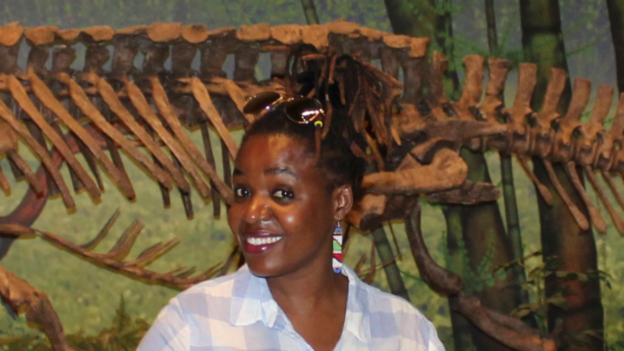
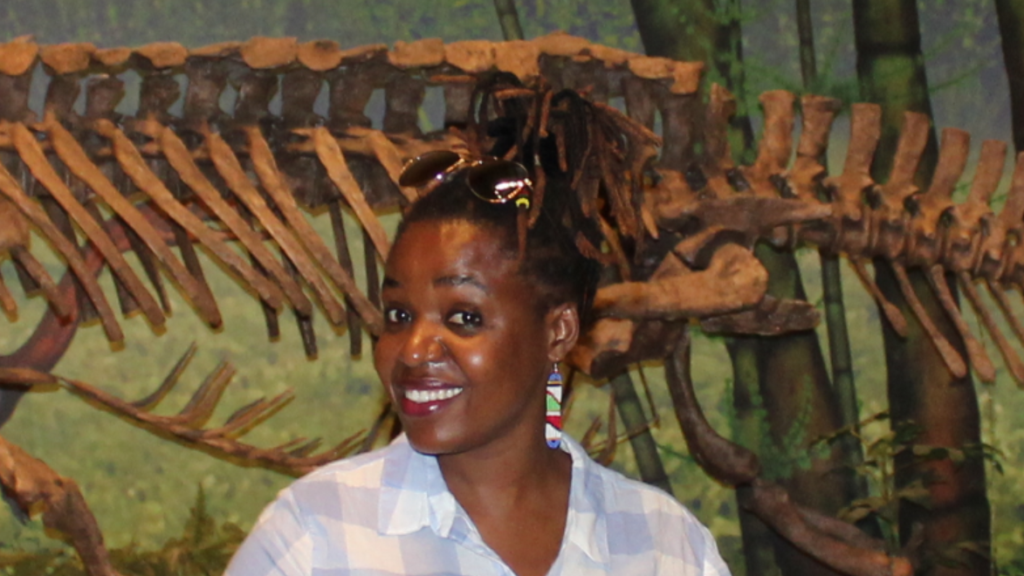


 watch / see / view / look at
watch / see / view / look at


 I’m excited to be writing for FluentU, an online service that uses video captions to teach languages. I’m looking forward to incorporating their tool into my routine as soon as the Arabic content is live to subscribers. In the meanwhile, I write blog posts for them to attract search engine attention to this new tool, situating it in the world of Arabic learning resources.
I’m excited to be writing for FluentU, an online service that uses video captions to teach languages. I’m looking forward to incorporating their tool into my routine as soon as the Arabic content is live to subscribers. In the meanwhile, I write blog posts for them to attract search engine attention to this new tool, situating it in the world of Arabic learning resources.